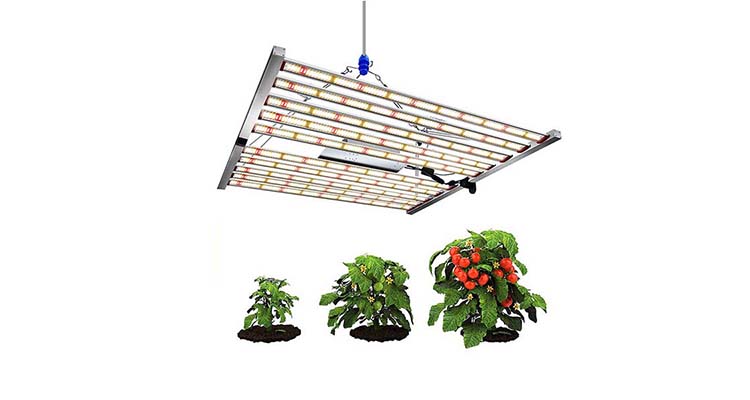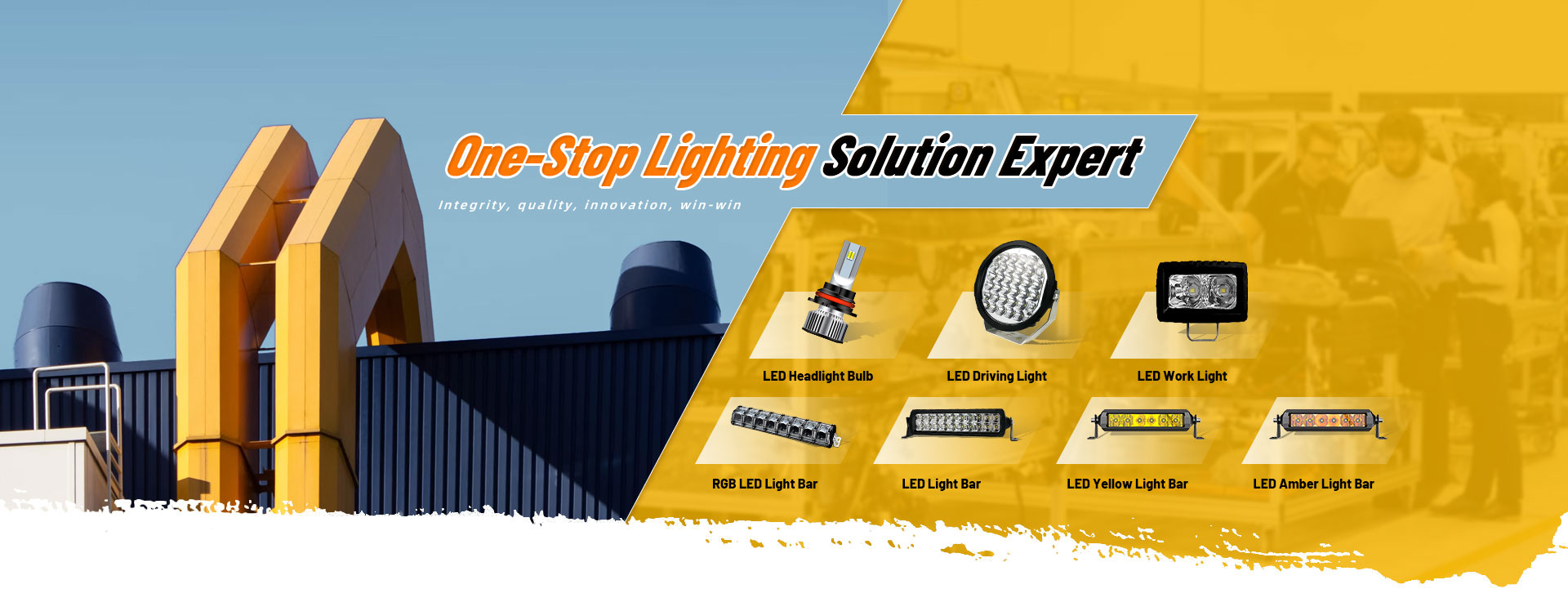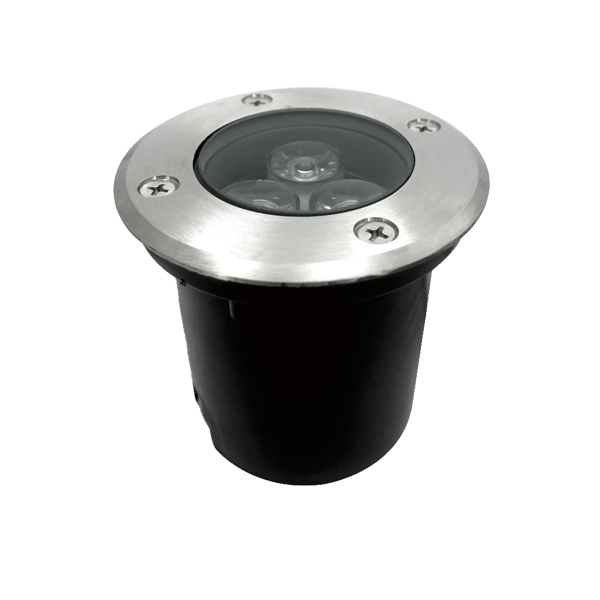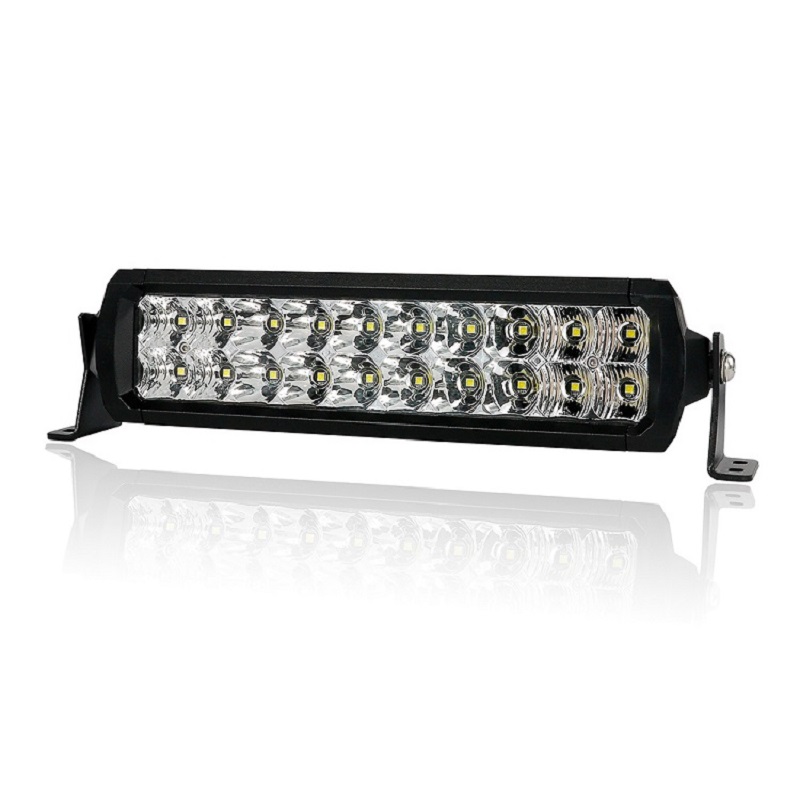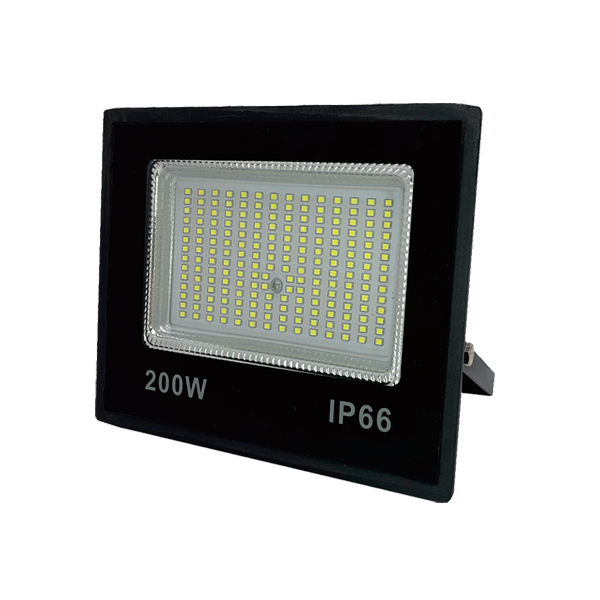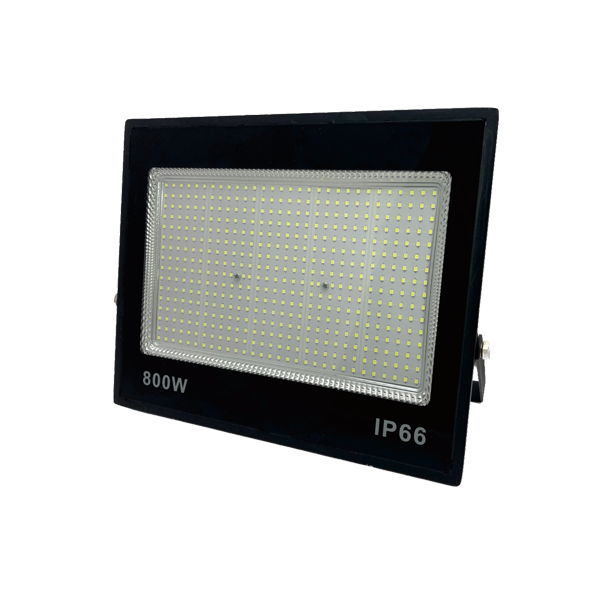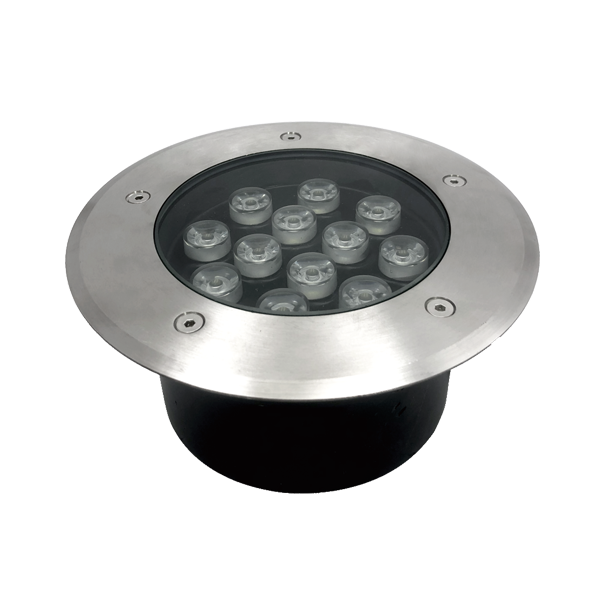Plants need sunlight to grow more luxuriantly. The effect of light on plant growth is to promote plant chlorophyll to absorb nutrients such as carbon dioxide and water to synthesize carbohydrates. But modern science and technology can make plants grow well in places without sunlight. Next, I will introduce you to the basic knowledge about grow lights.
1. Different wavelengths
Different wavelengths of light in the growth lights have different effects on plant photosynthesis. The light required for plant photosynthesis has a wavelength of about 400-700nm. 400-500nm (blue) light and 610-720nm (red) contribute the most to photosynthesis.
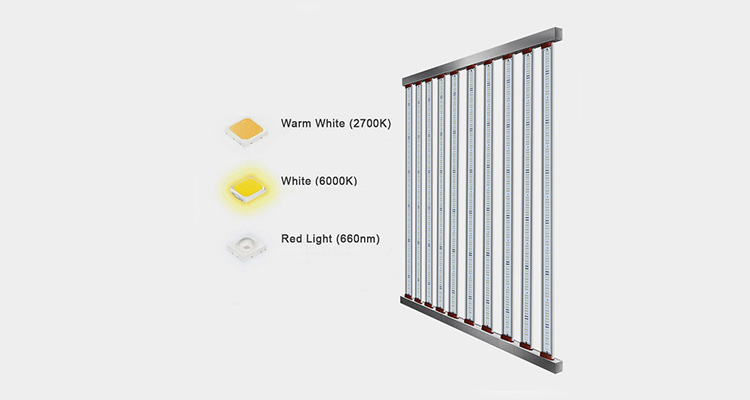
2. The color of the growth light
Blue (470nm) and red (630nm) LEDs can just provide the light needed by plants. Therefore, the ideal choice for LED plant lights is to use a combination of these two colors. In terms of visual effects, the red and blue plant growth lights are pink.
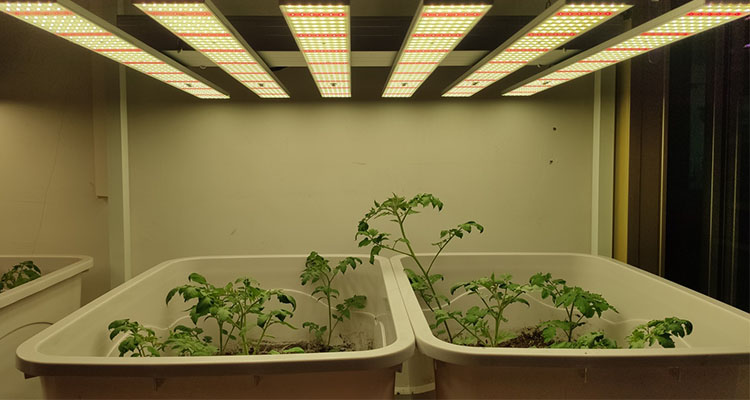
3. The color of light most needed by plants
The blue light in the growth light can promote the growth of green leaves; the red light is helpful for flowering and fruiting and prolonging the flowering period.
4. The optimum ratio
The ratio of red and blue LEDs of 1000w led grow light is generally between 4:1--9:1, and usually 4-7:1.
5.Optimum illumination height
When plant growth lights are used to supplement light for plants, the height from the leaves is generally about 0.5 meters, and continuous exposure for 12-16 hours a day can completely replace the sun.
